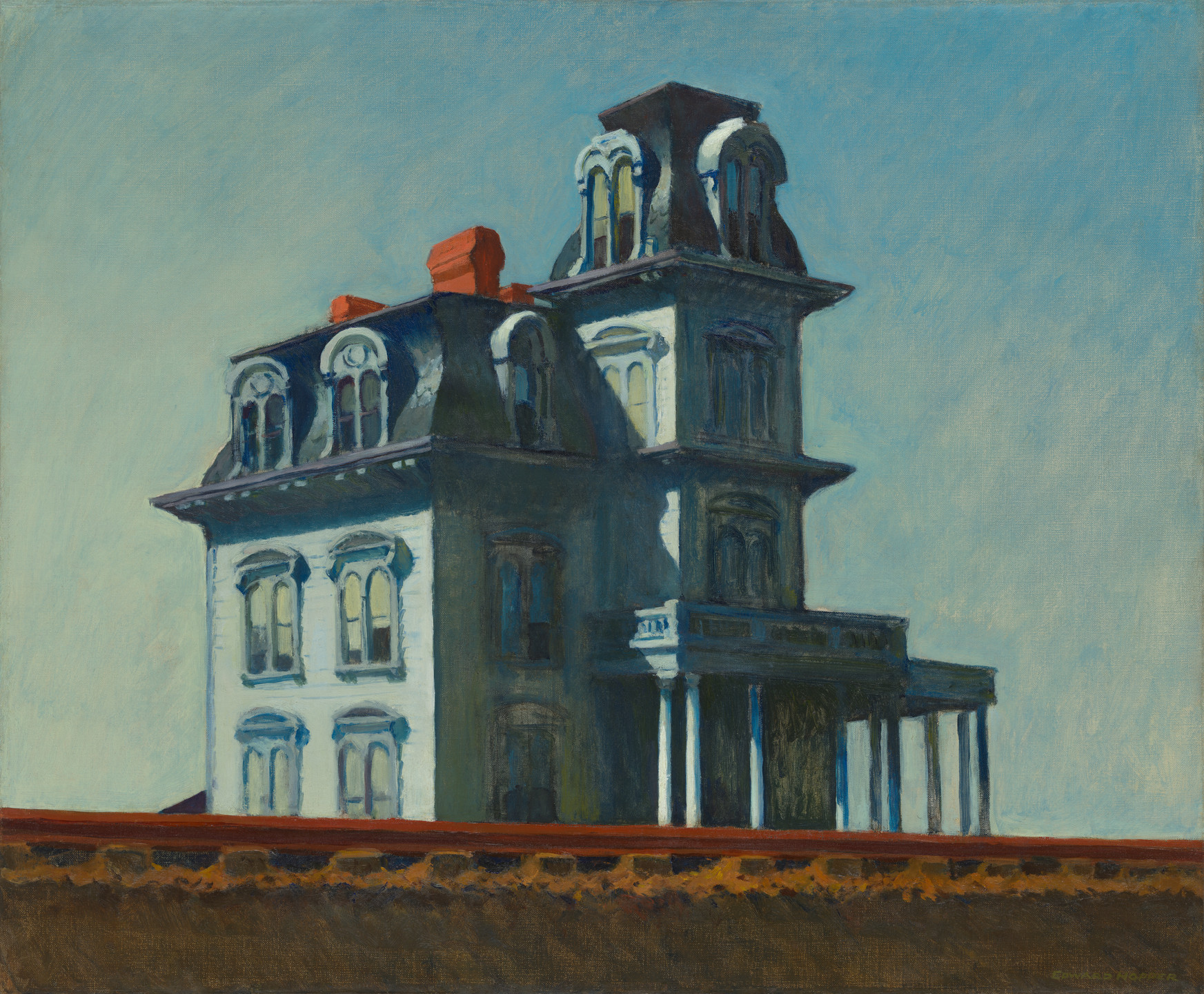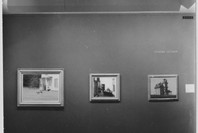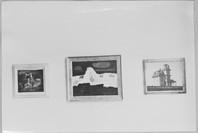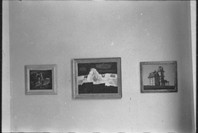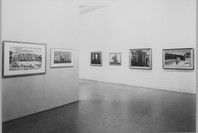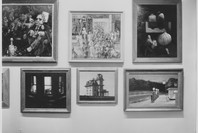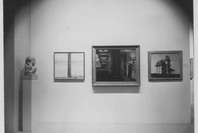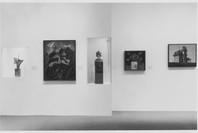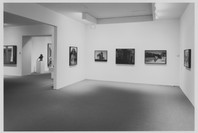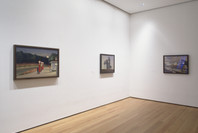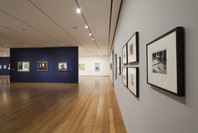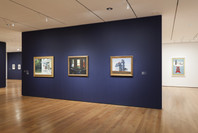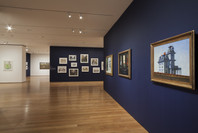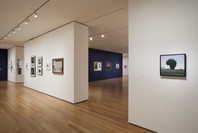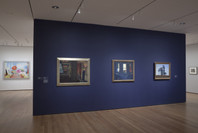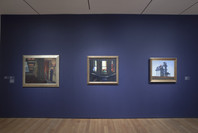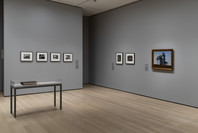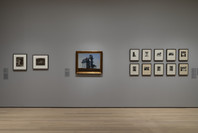A late-afternoon glow pervades Hopper’s House by the Railroad, which features a grand Victorian home, its base and grounds obscured by the tracks of a railroad. The tracks create a visual barrier that seems to block access to the house, which is isolated in an empty landscape. The juxtaposition of the house and the railroad tracks may be read as a confrontation between the fixity of tradition and the possibility of mobility in early-twentieth-century America. At the same time, these effects evoke the quiet yet charged atmosphere that would become a hallmark of this artist’s work.
Hopper produced closely observed urban views, landscapes (largely of New England), and interior scenes—all sparsely populated with figures or devoid of them entirely. Although he insisted that his paintings were straightforward representations of the real world, they are often filled with an unmistakable sense of loneliness, estrangement, stillness, and mystery. Light, whether natural or artificial, plays a central role in conjuring mood.
In 1929–30 House by the Railroad was featured in Paintings by 19 Living Americans, The Museum of Modern Art’s first exhibition devoted exclusively to American art. It was acquired by MoMA in 1930, one of the first works to enter the Museum’s collection.
Publication excerpt from MoMA Highlights: 375 Works from The Museum of Modern Art, New York (New York: The Museum of Modern Art, 2019)
Edward Hopper produced closely observed urban views, landscapes (largely of New England), and interior scenes—all either devoid of or sparsely populated by people. Though he insisted that his paintings were straightforward representations of the real world, their overall sparseness imbues them with a sense of loneliness, estrangement, and stillness. Light, whether from electric bulbs or the sun, defines the places he depicts and shapes the mood of his works. A late afternoon glow pervades House by the Railroad, which features a grand Victorian home fronted by the tracks of a railroad. The tracks create a visual barrier that seems to block access to house, which appears moored and isolated in the surrounding empty landscape. Its old-fashioned architecture and lack of any sense of occupancy imply that the house may be a relic of tradition, lonely and forgotten in the push towards urbanization and progress, as suggested by the railroad tracks.
Gallery label from 2016.
